Don't wanna be here? Send us removal request.
Text
<a href="http://www.freebiebitcoin.com">Earn free bitcoin</a>
0 notes
Photo

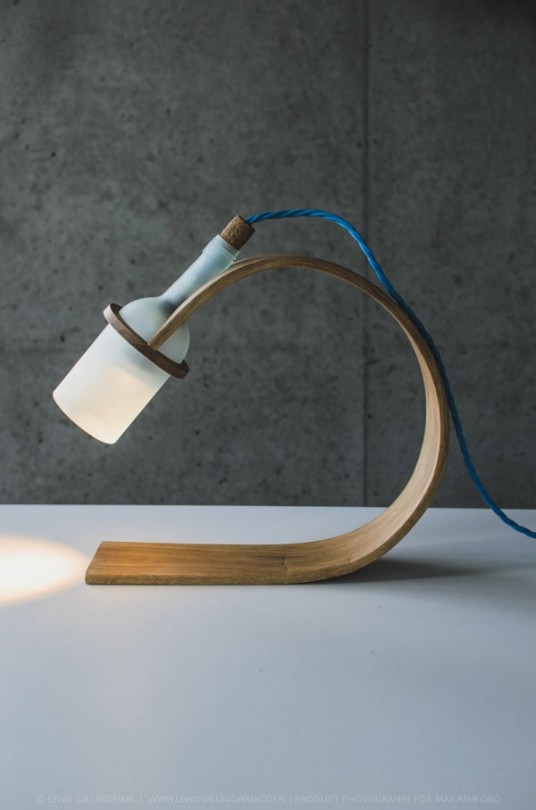
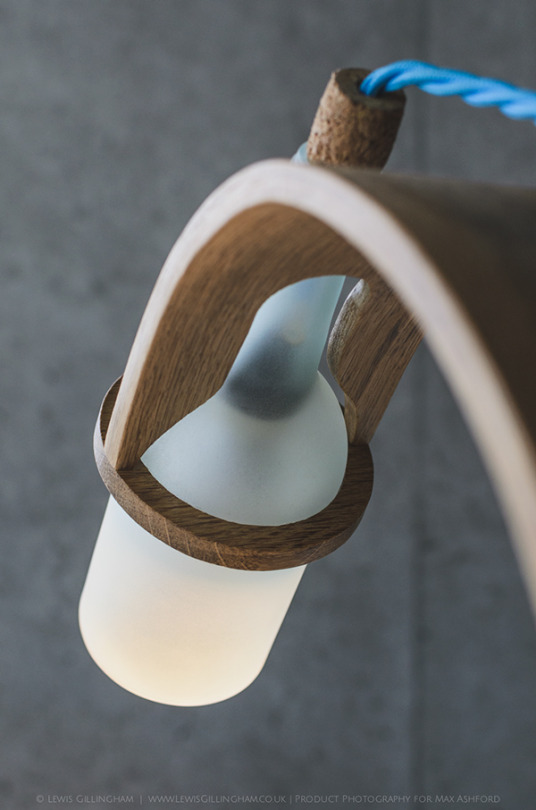

Good wood - simple and sustainable lighting from new kid on the block Max Ashford. Using off-cuts of locally sourced oak and old wine bottles.
358 notes
·
View notes
Photo
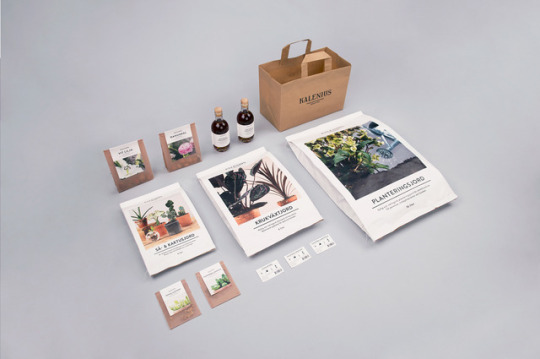
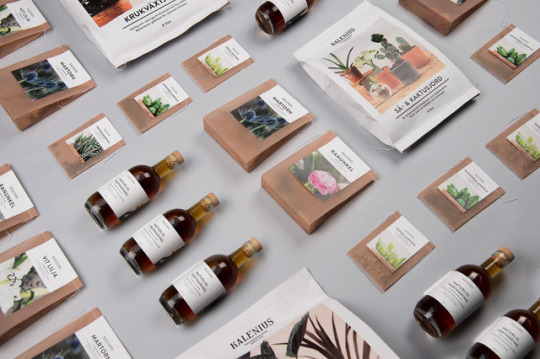

Kalenius | Josefine Johansson + Luz Rondón Betancourt
Kalenius is a flower shop in Karlstad, selling indoor and outdoor plants, implements and tools. The company has a very steady basis, with good quality, wide range and incredibly knowledgeable staff and they need to communicate that to their costumers.
41 notes
·
View notes
Photo
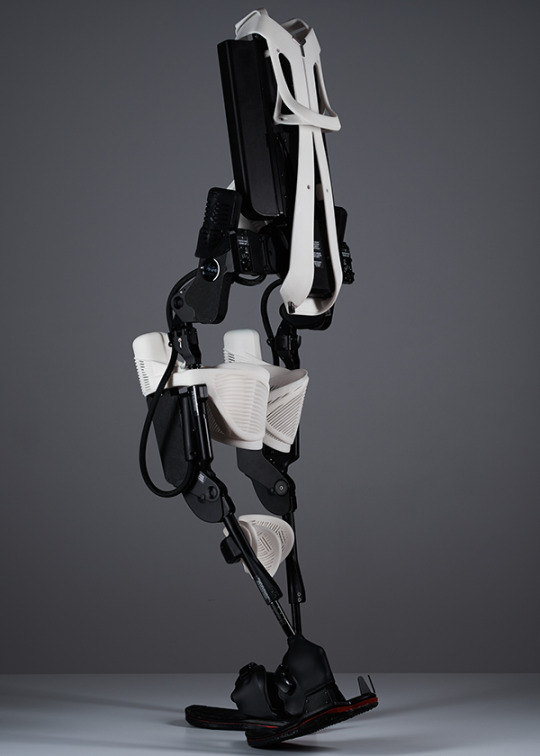
Bionic Interval on Behance by Gustavo Fricke
703 notes
·
View notes
Photo

This Braun Lectron kit was a DIY radio kit for beginner/intermediate electrical engineers. I really like the way it addresses the speaker grill, revealing only part of the speaker while also creating a strong graphical element on the front plate.
0 notes
Text
This weekend I progressed with the arduino radio prototype. I now have a working radio module, tuning controlled by two buttons (each button press jumps up or down by 0.2), and working amp with a pair of speakers. The amp needs a 12v power supply, so despite working on the 5v supplied by the UNO over the weekend, it was shorting the circuit today. Attached a 9v battery as s temp fix, need to source 12v power or see if i have one laying around that I can cannibalize. 12v batteries aren’t exactly common, not impossible to find but not ideal. Plus, the uno and radio module work on 9v/5v.
0 notes
Photo
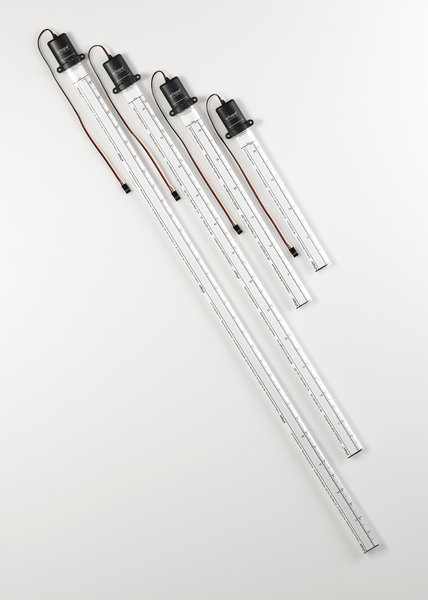
Alternatively, this digital liquid level measuring tape could be used to set frequency based on water level, so you could manually add or subtract liquid to tone.Anyone that was taken a chemistry class knows how difficult it can be to accurately get the desired level, though.
0 notes
Photo

I toyed with this idea of using a liquid measuring device as a display for tuning and volume. replace the volume measurements with station frequencies, and add a little pump that can increase or decrease water pressure to display the current freq.
0 notes
Photo
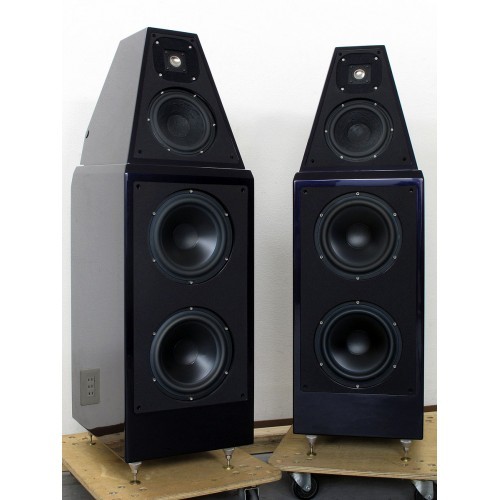
I had a pair of these Wilson Audio WATT Puppy Speakers for a while. They stand around 4 feet high and weigh about 200 lbs each. Overkill for a 15 year old. Perks of audio engineer dad. I now appreciate that they were not overly flashy (although given their size, they certainly make a statement). What’s particularly interesting about these is that they are revered for their accuracy-- you can distinctly hear every aspect of a recording, as well as the kind of audio compression, what kind of wires you’re using, and what kind of surface the speakers are sitting on (you’re supposed to suspend them on those tiny feet during setup... a process that requires a trained professional to properly install, even in a home setting). Naturally, I mostly used them to listen to mp3′s ripped from youtube at 144p...
0 notes
Photo

a Lever like this could be an Okay volume control, but it could also make for a reasonably functional tuning control
0 notes
Photo
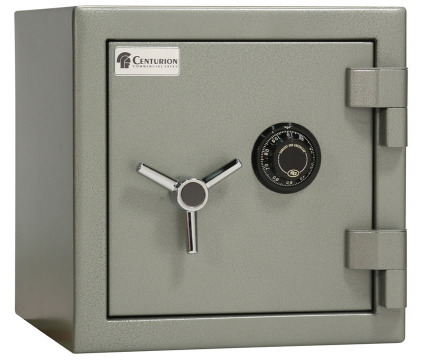
Aside from radios, safes are another two-dial device-- one dial for unlocking the safe, and the other to open it. Replacing the combination numbers with station frequencies seems like an obvious choice, but i also like the variety of handle styles. This one has three prongs, but other may have six or eight (almost like an old ship wheel), and others still have a simple lever or a sliding bolt.
0 notes
Photo
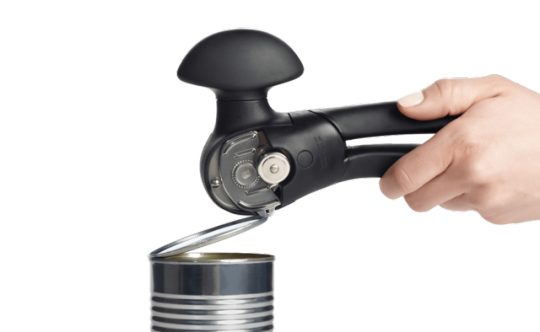
This OXO can opener actually cuts just below the lid, which makes it VERY confusing for first time users and results in lots of frustrated dropping of cans. However, once you get the hang of it, this can opener works really well, cutting very cleanly which prevents the sharp jagged edges of traditional can openers, and prevents the lid of the can from falling into your soup/beans/veggies. Its got these little jaws on the side to lift the lid off of the can, another small detail that few first time users understand, and since the lid doesn’t pop off easily or visibly it can be practically unusable without some directions. Ultimately, it works really well, better than traditional can openers, but is plagued by users being accustomed to standards.
0 notes
Photo
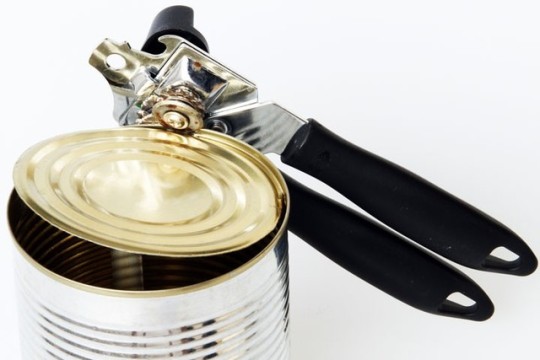
The oversized grip for cranking a can opener gives a satisfying twist (well, some do), but requires way more force than you’d want to apply to change the station or volume. Most can openers function like this one, cutting into the top of the lid which leaves sharp edges.
0 notes
Photo

Something like this... With Speakers built into the end caps of the log, so it would be hollow I guess, with the guts of the radio inside one half of the log, and a gear that interfaces with the saw teeth. I think the saw itself could even double as an antenna. Volume control could be disguised as one of the knots in the wood, or as a separate tool stuck into it (which then starts to border heavily on Kitsch).
0 notes
Photo
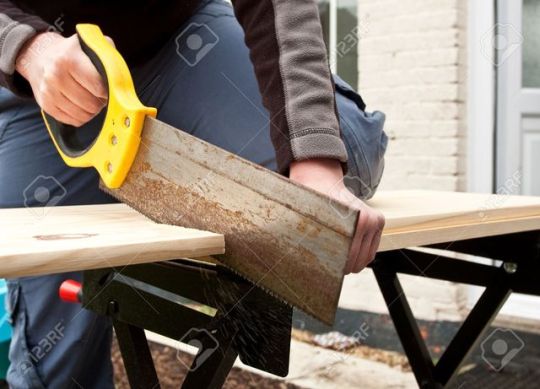
I liked the idea of a saw lodged into a piece of wood (ideally a log), where the push and pull motion of the saw would adjust the tuning. Mechanically its fairly straightforward, as the saw’s teeth could interface perfectly with a gear attached to a variable capacitor used to adjust tuning. It seems a little kitschy, but proper execution could really result in a beautiful, understated and elegant piece.
0 notes
Photo
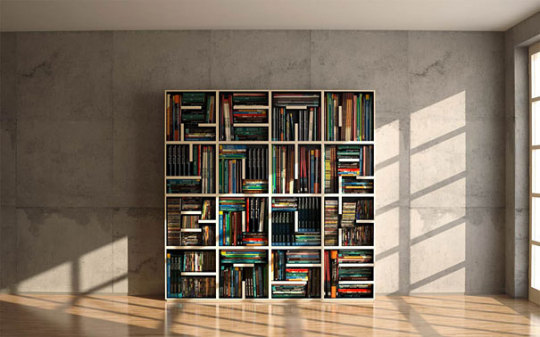
Another Bookshelf, and more organization porn. I especially like the little dividers that serve as intermediate shelves between the larger squares. and the backdrop, along with the shadow of the windowframe, creates an appealing geometric dialog.
0 notes
Photo
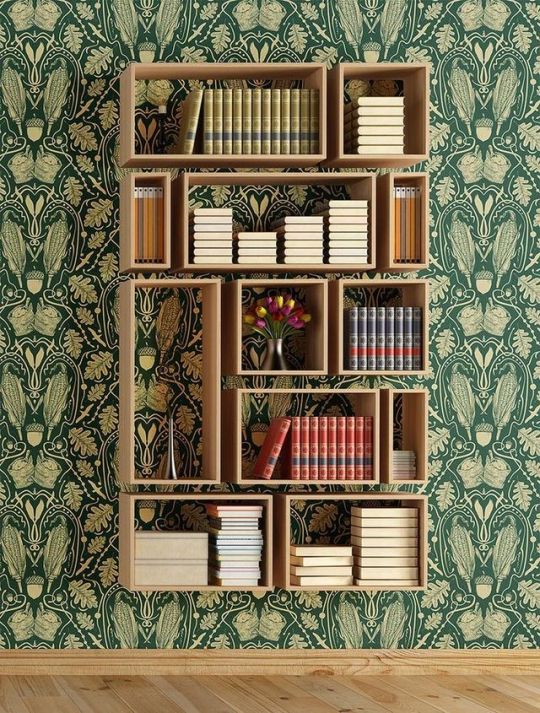
Book shelf Analogy , where each shelf can judge how many books are on it and tune or adjust volume accordingly. Also, its just nice to see things stacked or shelved neatly, and this one does so in a particularly pleasing way.
0 notes